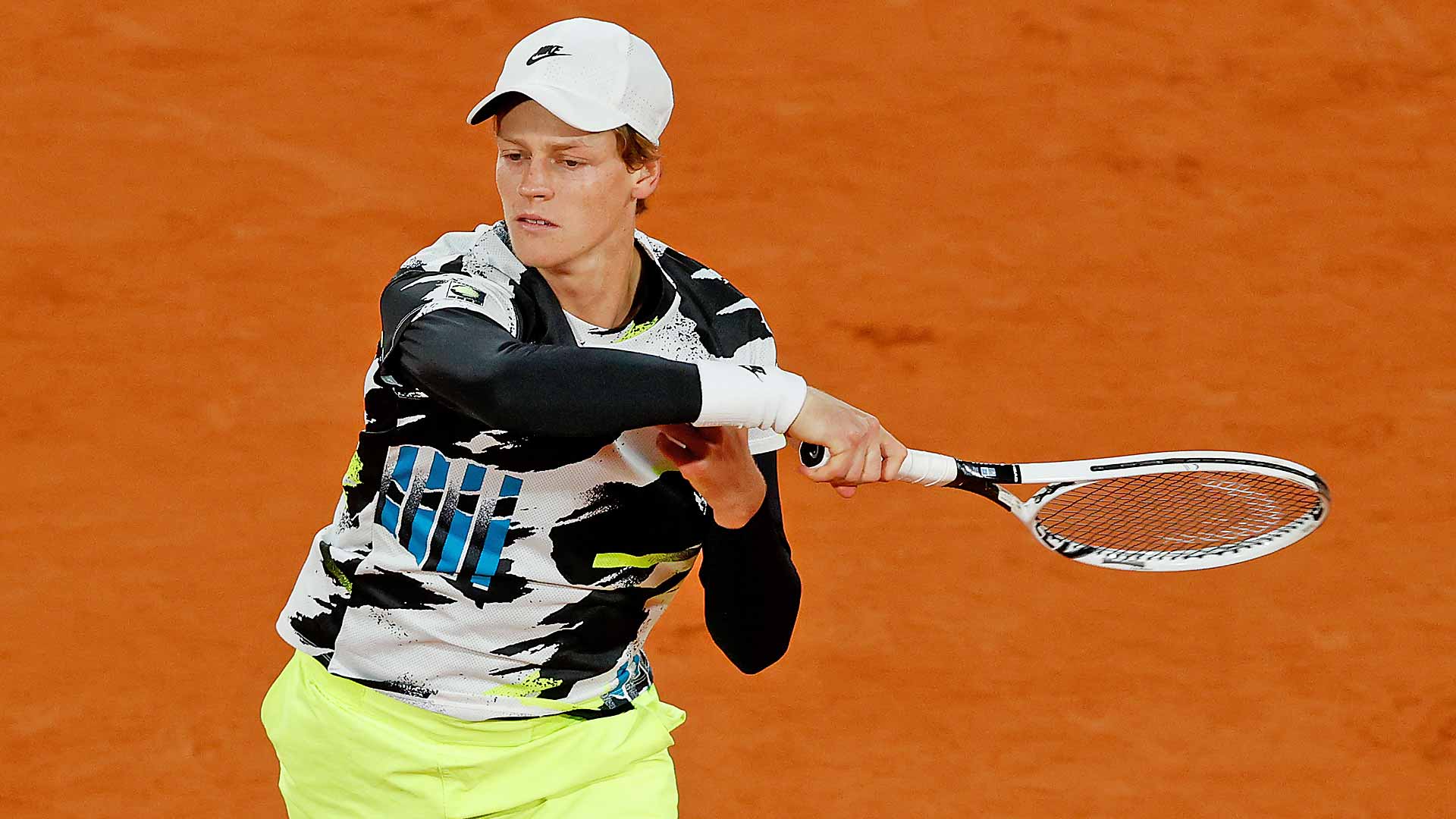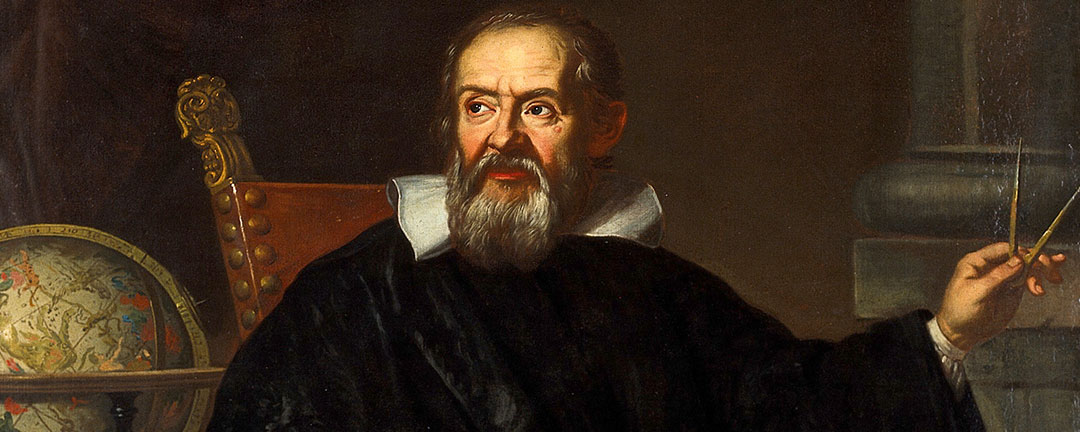High speed video observations of tennis strokes of ATP players are a creditable source of serve information.
Research on the serve that occurred between 1995 and the early 2000's provided a biomechanical model, the most creditable source. That model for the serve is being used and improved today. I have posted many times using their model and my better described and illustrated posts are from about 5 years ago.
There are many references. Search:
B. Elliott, Marshall, Crespo, Reid, tennis serve, internal shoulder rotation
If you put a limited amount of time searching and reading what is out there you would see what we have been discussing on the forum for the last few years.
My view of the serve and its sub motions is based, for example, on
The Biomechanics of Advanced Tennis, 2003, editors B. Elliot, Reid, Crespo. This reference was accepted and published by the ITF for many years. $275 for many years, now out of print, the used price is not cheap. It provides a logical breakdown of the serve where you can see the sub-motions that are discussed, "leg thrust", "shoulder-over-shoulder" (Cartwheel) , "trunk twist", "somersault" and some others. Most of the sub-motions for the serve, pre stretch muscles especially the muscles that perform internal shoulder rotation.
They used a term "
maximum external shoulder rotation" (MER). Stick your upper arm straight out to the side of your shoulder, racket & hand up, comfortable grip and angle of forearm to racket shaft. Bend it back and observe the tendency for it to drop from gravity. Not much. Rapidly accelerating the shoulder can cause the inertia of the arm and racket to cause additional
external shoulder rotation (ESR). That is one thing the leg thrust does. ESR causes the
internal shoulder muscles (ISR) to stretch. More goes on. The stretched ISR muscles are used "passively" for ISR, the joint muscle that adds the most to racket head speed. In the Hill Muscles Model 'passive' is used for elastic forces and 'active' is used for the forces that are produced by nerve signals sent to Actin & Myosin in sarcomeres. Take your hand and actively move the wrist toward little finger - toward thumb, it's slow. Now
gently shake your hand side-to-side with forearm motion so that your fingers appear blurred. That is passive with maybe some active? When my fingers are shaking and blurry in front of my eyes, I am not actively or consciously sending the same nerve signals as when I do active motions.
For the racket drop, after getting much ESR, the wrist can allow the racket to drop farther. In other problems, I've estimated the time it takes an object to fall from gravity. Gravity has been slower than the motions I observed in videos, so I do not assume that gravity does the job. This simplifies the problem. Search:
time falling body gravity graph pictures
You can take a racket and place it in positions seen in serve videos, hold it and quickly relax your wrist muscles. The racket will drop. Take a video and compare that time to what you see during the serve's racket drop. Hold your arm straight out from your shoulder and let it drop. Time that. Try some experiments to see how fast gravity moves the arm and racket.


en.wikipedia.org




